Category: Planner Reviews
Undated planners, mid-year planners, daily agendas, you name it—I’ve tested dozens of datekeepers, and I’m sharing the best finds (paper and digital) here.
-
The 11 Best Planners & Agendas of 2025, Reviewed (with Photos)
After testing the best planners & agendas (dated and undated, time-blocked and freeform), these are the 11 best organizers for 2025.
Written by
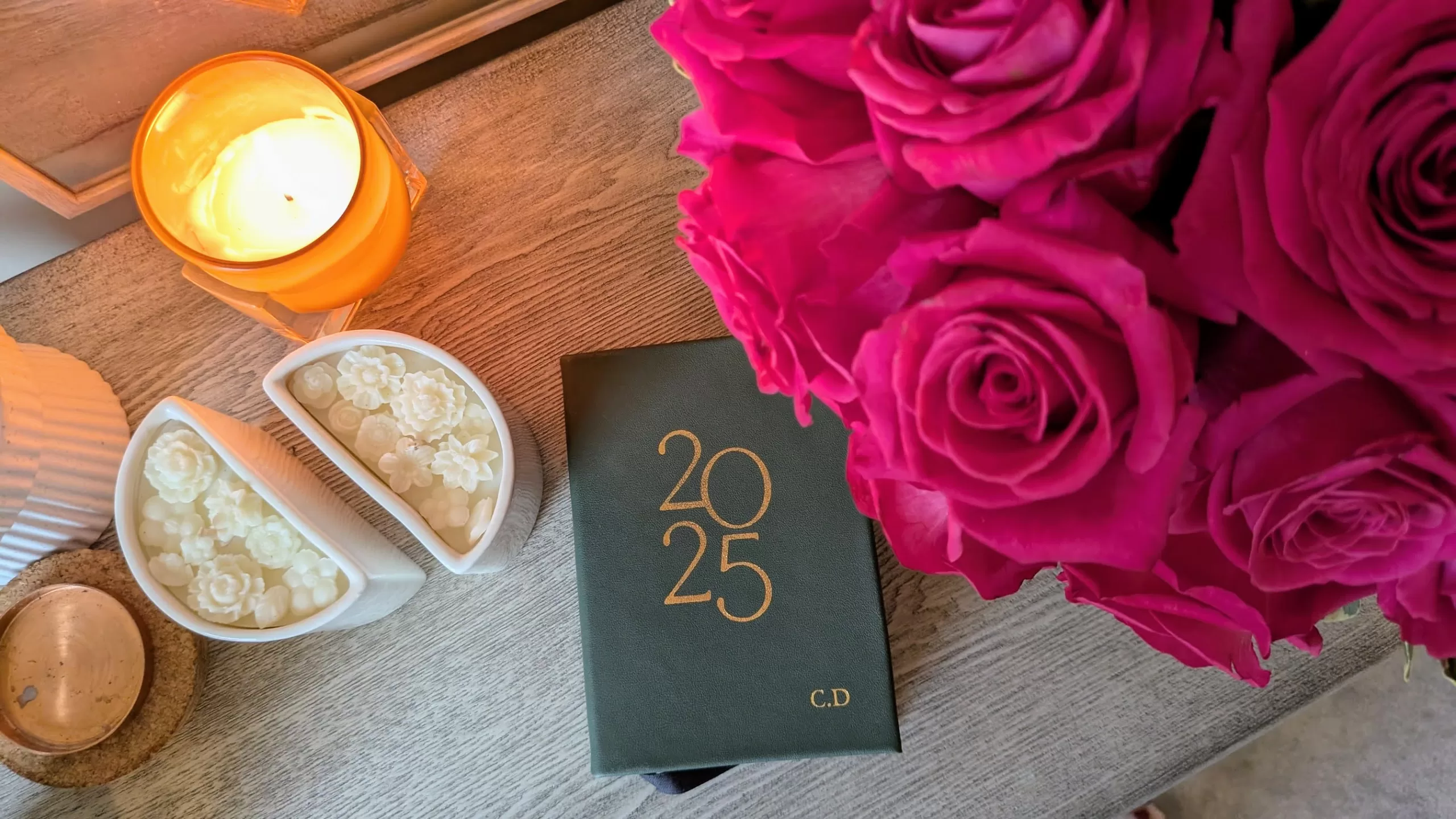
-
If You’re Thinking of Launching (or Growing) a Biz in 2025, You Need My PA Planner
If you’re an entrepreneur or are in sales, you need to check out the 2025 My PA Planner. Its business plan workbook alone is worth it.
Written by

-
The 6 Best Academic Planners & Mid-Year Agendas (Reviewed, with Photos)
From Papier to Blue Sky, I’m sharing the best academic planners and mid-year planners/agendas that I’ve personally tested, along with photos of what they’re like inside. That way, you can find the best planner for your needs.
Written by

-
My Ambition Felt Shot—Until I Started Using the At-a-Glance Foundation Planner
Here’s how the At-a-Glance Foundation Planner helped me connect with what I really want to do next, breaking down big goals into easy steps.
Written by
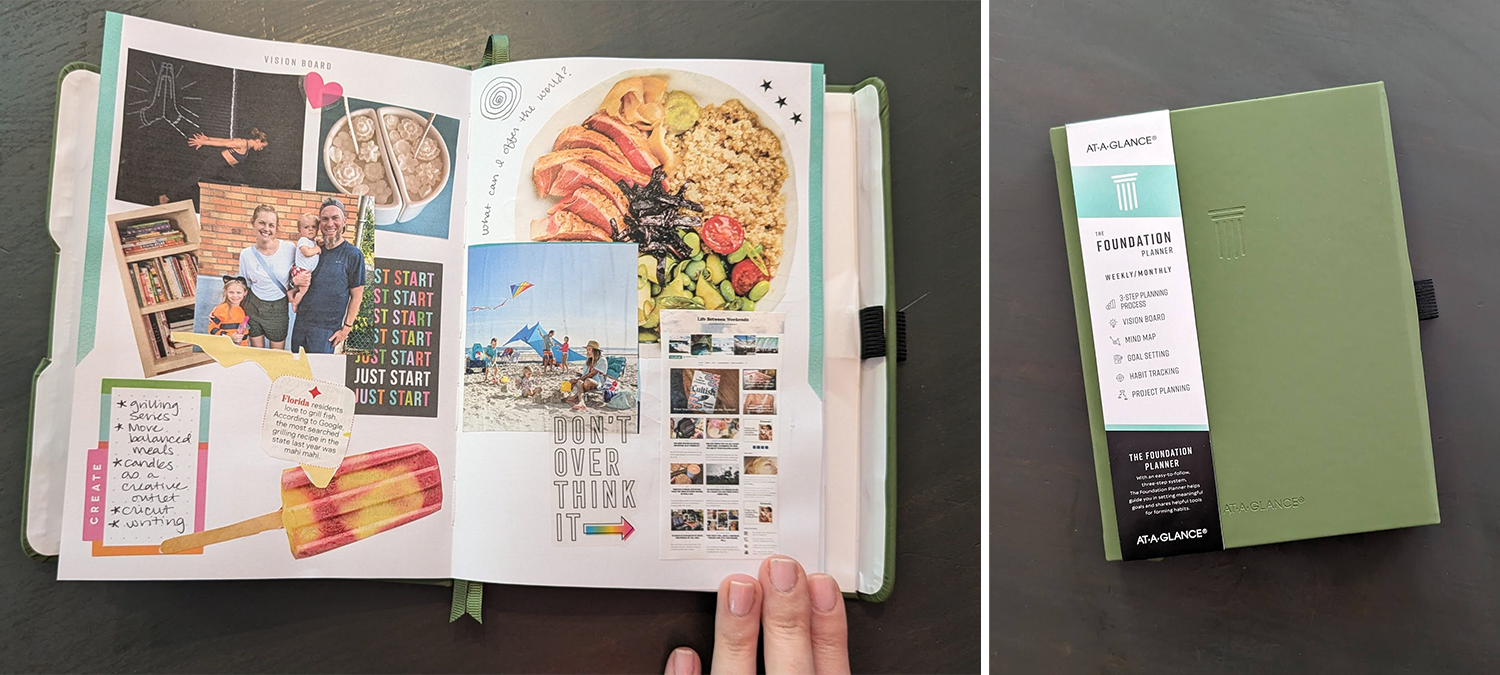
-
The Notcoy Daily Planner, Reviewed: This Undated Agenda Makes To-Do Lists…Fun?!
Notcoy sells colorful, playful daily planners, so I put it to the test. Here’s why it’s perfect for students and creatives.
Written by
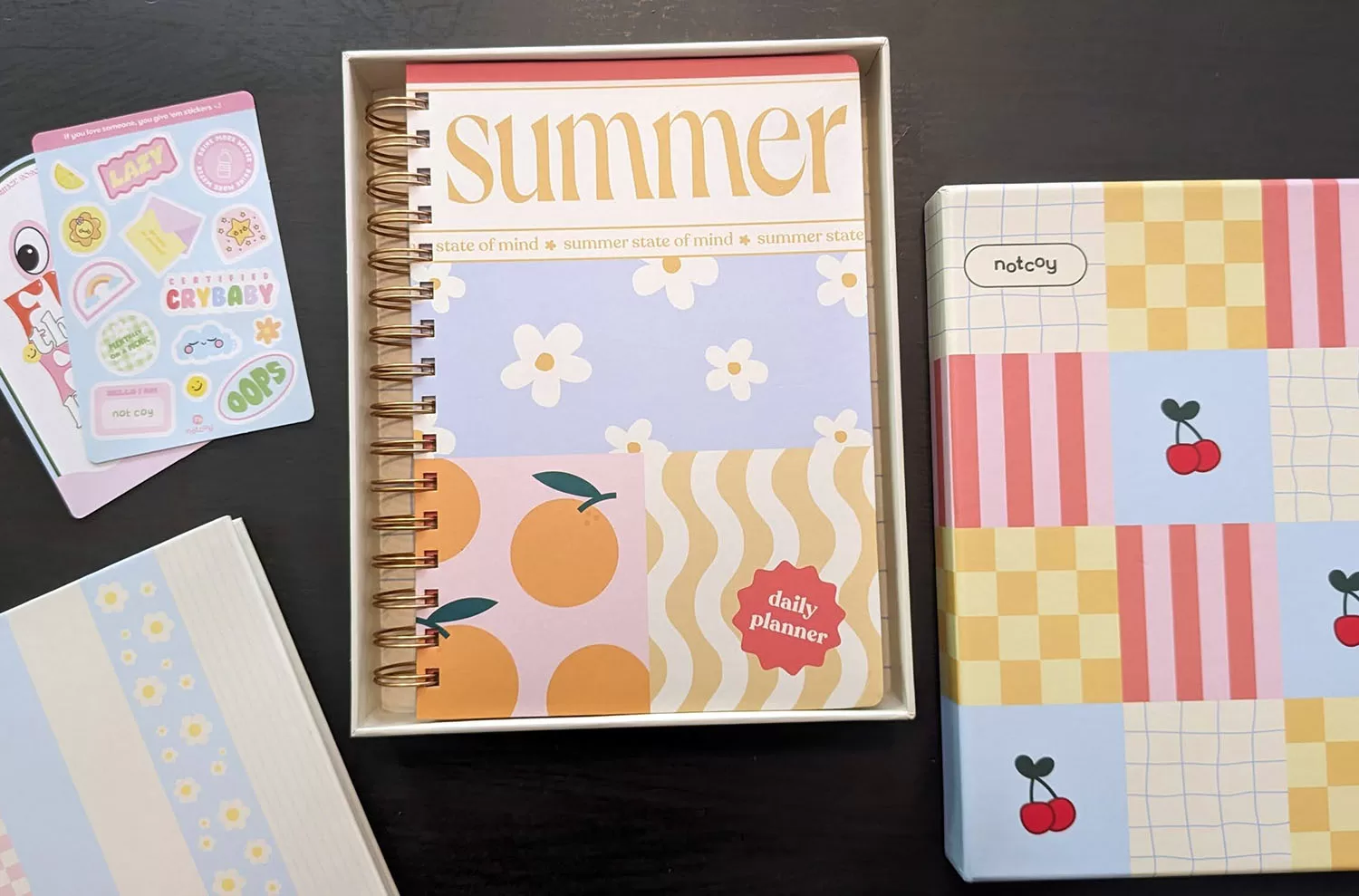
-
Monday Journal Prompts to Get You Psyched for the Week Ahead
These 32 Monday journal prompts for adults and students alike will help you start the week feeling motivated, inspired and ready to take on the day.
Written by
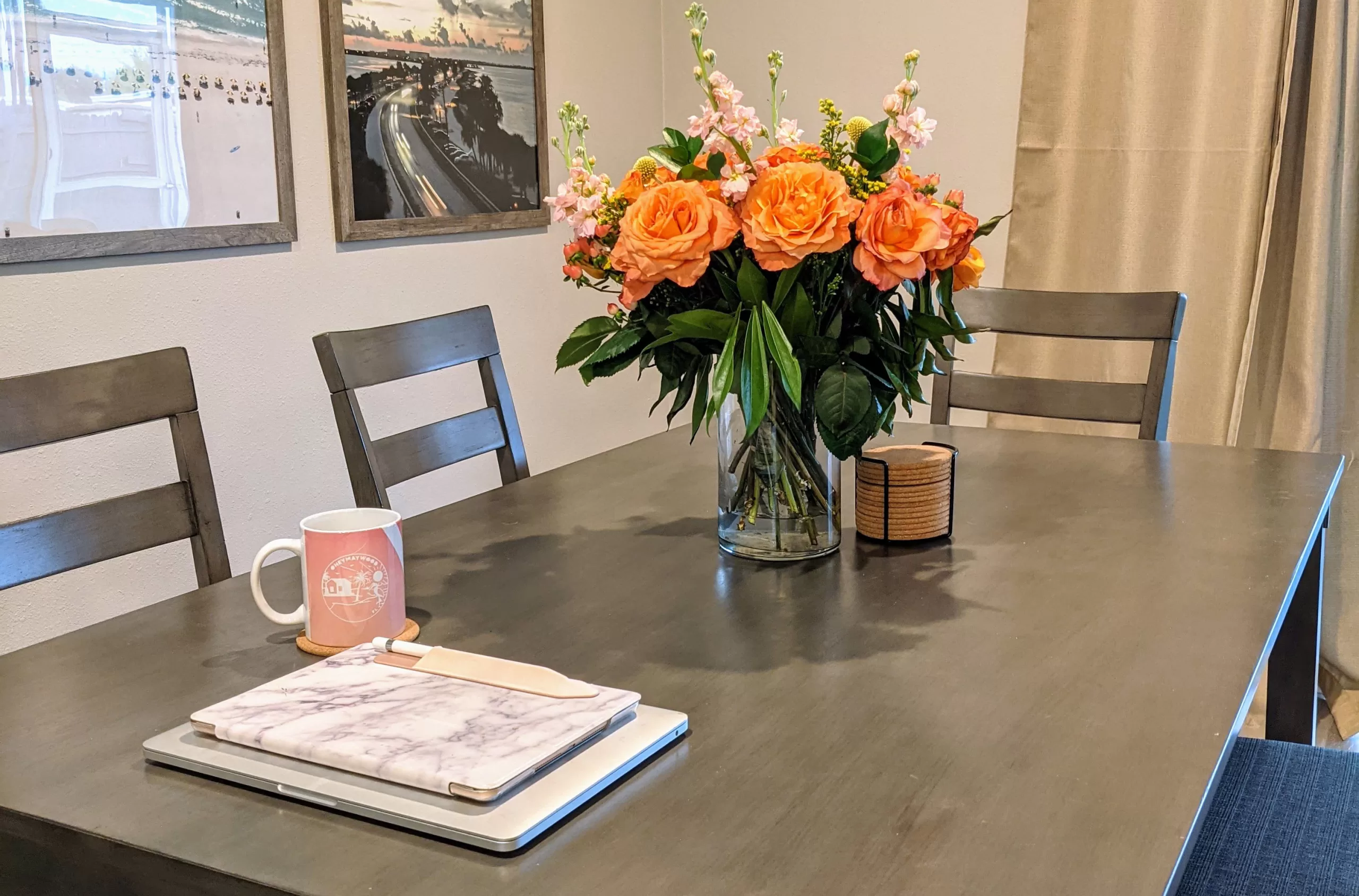
-
Review: Silk & Sonder Is Part Journal, Part Planner, Part Kick in the Pants
Silk & Sonder’s monthly wellness journals are part planner, habit tracker and goal setter. Here’s our review of what’s inside—& its value.
Written by
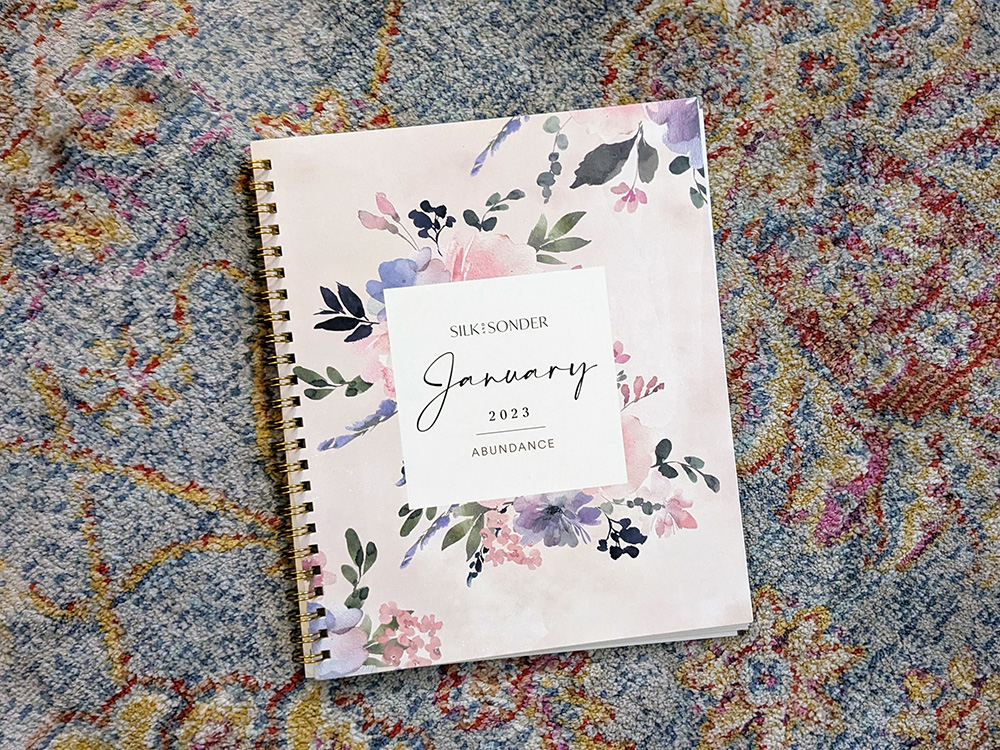
-
LH Agenda, Reviewed: Is This the World’s Prettiest Planner?
The LH Agenda is the prettiest planner we’ve come across (seriously, we’ve never gotten so many compliments). But it’s truly HELPFUL too. Here’s what makes the undated planner stand out.
Written by
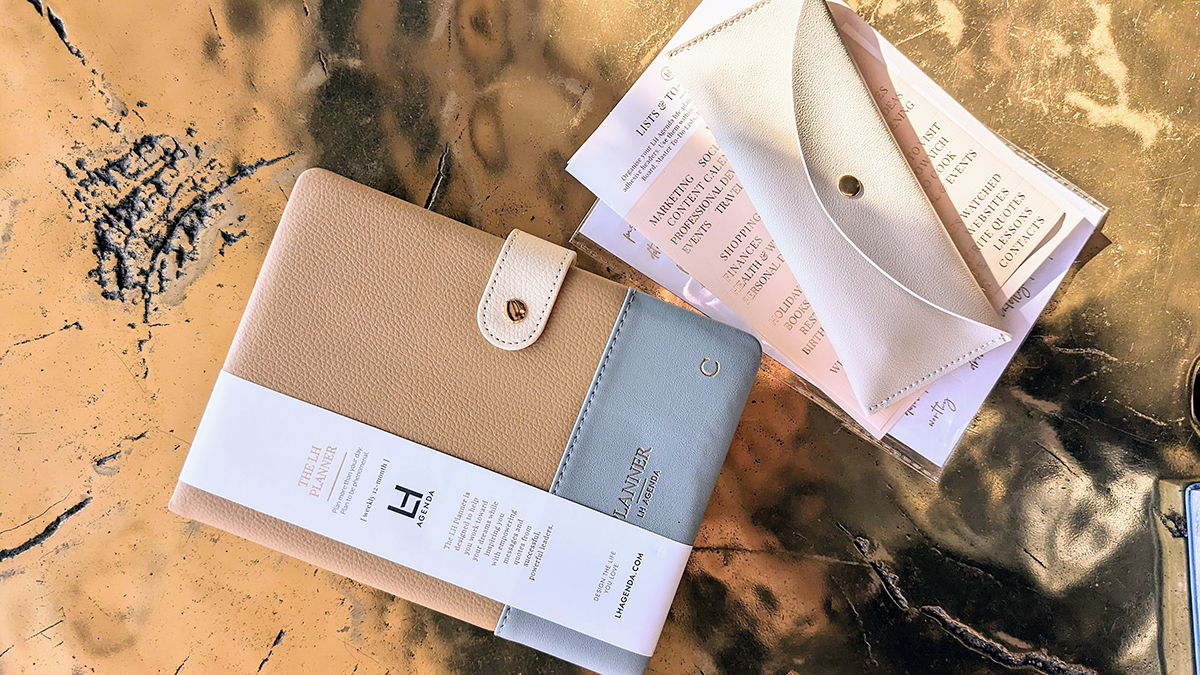
-
Papier: The Best Custom Planner for Organizing Your Week
In the search for the best planner, I’m relentless. There are a ton that will get the job done, but when it comes to being productive day-to-day—without letting long-term projects slip through the cracks—Papier is the way to go. They’re customizable, with plenty of chic cover designs, making them a great gift (for anyone, yourself…
Written by
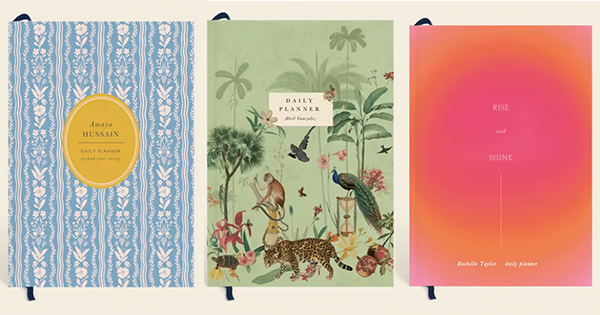
-
The Oprah-Backed Journal Prompt that Can Help You Work Through Your Darkest Moments
Sometimes, life rattles you to your core, and the little things that used to annoy you pale in comparison to what you’re dealing with now. Or with what you’ve dealt with in the past, which keeps coming up (often at 3 a.m.) to haunt you. No matter whether you’re dealing with an issue big or…
Written by

-
How To Incorporate Self-Care Into Your Week (Without Feeling Overwhelmed)
Editor’s Note: Hi, everyone! We’re psyched to feature Thalia-Maria Tourikis of Notes by Thalia today. She offers a refreshingly low-maintenance approach to wellness we can really get behind, and we hope you do too. By Thalia-Maria Tourikis One of the biggest misconceptions surrounding self-care is that it has to be long. Open Instagram or TikTok…
Written by

-
How Keeping a ‘Worry Journal’ Can Help You Feel Less Anxious
Anxiety has always trailed me, like a shadow stitched to my feet a la Peter Pan. I can remember panicking as a five-year-old, pulling my nap mat over me and imagining what it’d be like to cease thought, to die, like a spider I’d just seen get smashed. (What a conversation my mom had to…
Written by
